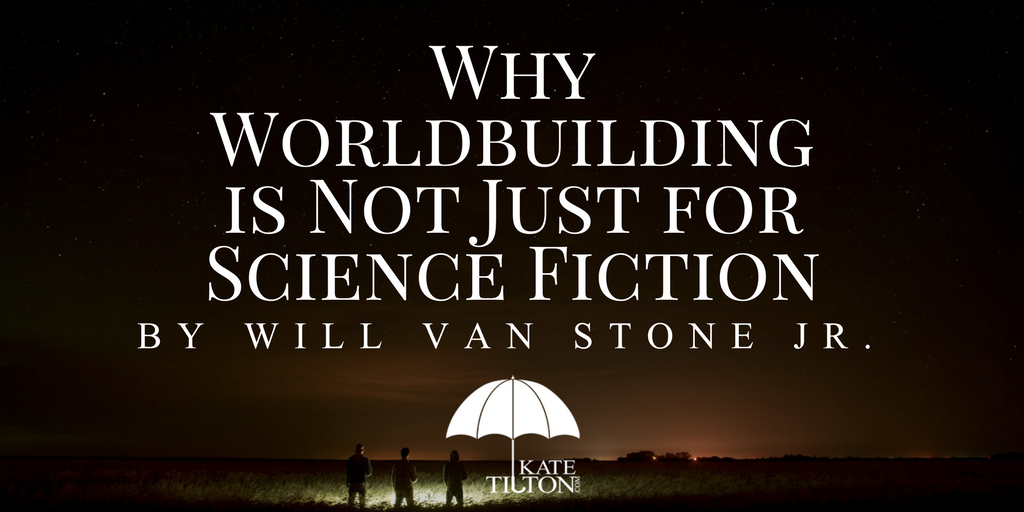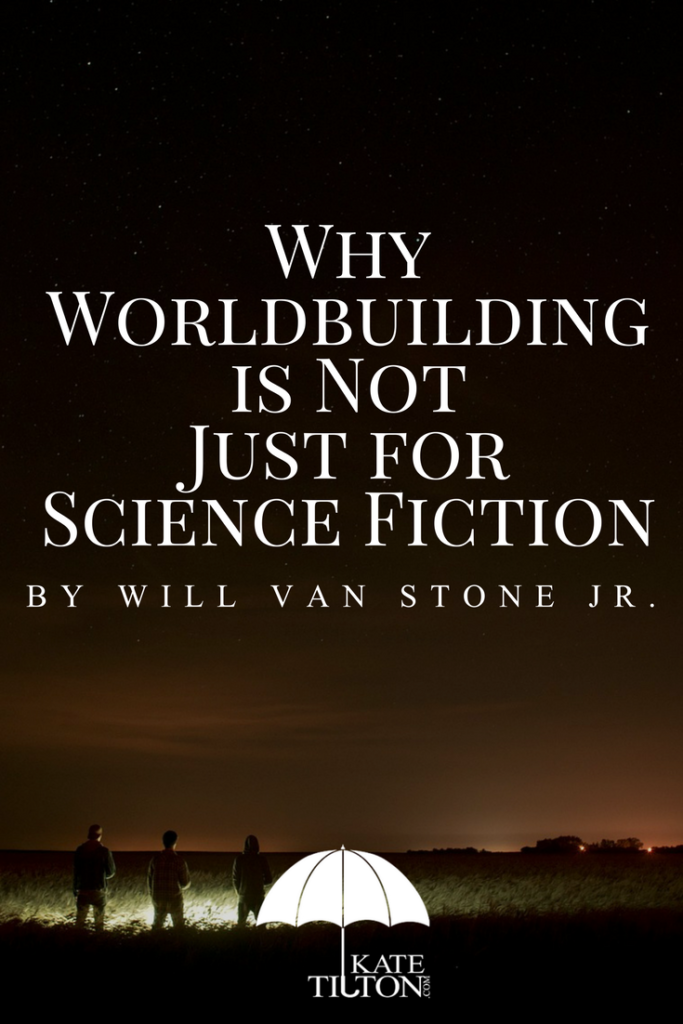
It’s a rule of mine that no character is there just to be part of the set; every single one you meet in one of my stories is meant to impact the story in ways that their introduction doesn’t make known. Because I plan ahead, far beyond the last page, I scatter these innocuous-seeming characters throughout the different (planned) installments so as to build, in little, unnoticed steps, the overall arching narrative.
If you end up reading The Red Room when it releases (possibly by the end of the year but sooner if I can pull it off) you’ll meet Niall. Now, he might not seem all that important to the story and if there’s never a sequel you’d be right. But there will be – most likely more than one because a slasher never gets just one – and in that future wip, Niall might be pushed to the forefront with a much-expanded role. In some way or another, he, like everyone you’ll meet, has an important part to play; you might just need to wait a while before you know what that part is.
Joss Whedon is known for this; you can see this at various times during Buffy the Vampire Slayer’s seven seasons. Just look at the season five introduction of everybody’s least favorite little sister, Dawn Summers.
Faith: “Little sis coming. I know. So much to do before she gets here”
This Year’s Girl (S4E15)
The first time any of us saw that episode, Faith’s line just seemed like weird dream gibberish that might have some meaning within the episode but in the long run, it was a nice little clue about a major change in the Buffyverse none of us saw coming. And once Dawn arrived to annoy the hell out of our friendly neighborhood slayer most of us never even realized the breadcrumbs Joss and company left for us to follow. If he hadn’t taken such care to build his universe, we wouldn’t have had these little treats along the Scoobies’ journey to face down the First. This, my dears, is call worldbuilding. And, contrary to so many online articles, it isn’t just for science fiction authors.
When you release that first book in your smash series, it’s important to know more than what will be within its pages; what came before and where it leads are just as important to your story. You might not think knowing your protagonist’s grandfather is a retired police chief is something the reader needs to know right here and now but you should know. Just like you should know the name of the elementary school your protag’s bff went to before they met at that high school party (which might even be another thing your reader doesn’t need to know but – and say it with me – you should) and how his favorite color is neon blue. None of these facts have much immediate impact on your character’s journey but that doesn’t mean they won’t become needed ingredients when that long anticipated sequel is written.
When you start that sequel, worldbuilding will make everything fit together far better (and easier) than if you didn’t keep those little secrets from your lovely readers. Instead of starting from scratch with a whole new story, you can pick up those strands you left hanging (right under the noses of unsuspecting fans) and create a seamless continuation without having your previous installments end in one of those annoyingly obvious cliffhangers. And as an added bonus, you won’t go and break continuity! Nobody likes that; one little oops and an entire series can be decimated. You don’t want that to happen, do you?
Now, if you’re thinking you need to plot out every single little plot point and interaction, fear not; as long as you plan for beyond THE END, it’s easy to keep things going in the same direction. Think of it as a never-ending outline. You already use those when you write, right?
It is possible to not plan ahead and still have your series not go off the rails and crash on a flaming heap of failure; the Scream films prove that. Of course those films, as much as they built on the previous entry, feel disconnected. Watching them, there’s a sense of reintroductions as they don’t pick up old strands but create new ones. Had the filmmakers sketched out the ups and downs Sidney would face, the audience could’ve put the pieces together at the end instead of having the baddie lay it all out in typical killer-reveals-all fashion and considering how much Scream enjoyed mocking horror films, maybe it would’ve added something to their message but, eh, whatever I guess, right? Wouldn’t have made the series any more awesome. Or would it?
I’m not saying you need to plan a trilogy every time you start a new book; in fact, I hate that so many new releases are really just teasers for what’s to come. I mean, how many book one cliffhangers must we suffer through before someone offers us a complete story?
If you build those worlds you won’t do what so many authors have done the past few years; you’ll be able to give readers closure while still leaving the pieces you need to build the perfect continuation that is your part two. It could be minor characters, simple sentences or a little mentioned place; anything you let your readers think is insignificant can be used to carry your audience smoothly into those continuing adventures.
So when you’re reading The Red Room – because of course you will – keep in mind that everything you read might hold far more meaning than I’m allowing it to show. Niall and Ty and a few others you’ll meet might not drive that particular story but any or all of them might be what drives the next one or the one after that or the one after that or…


Leave a Reply